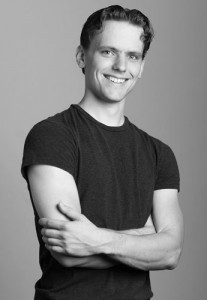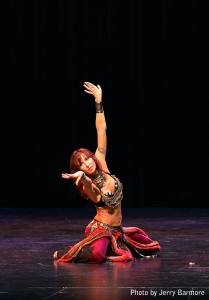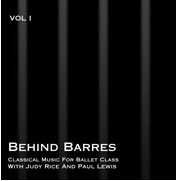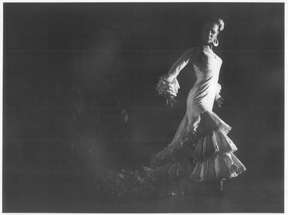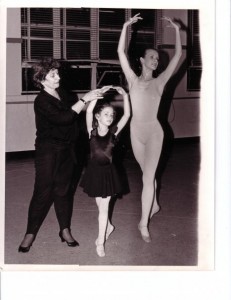 One of the first things I learned as a dance teacher is that you have to do a lot of preparation for class. This is especially true in the beginning of your career as an instructor. After you have some practice you may be able to teach off the top of your head, but a class that is carefully planned is usually much better anyway…
One of the first things I learned as a dance teacher is that you have to do a lot of preparation for class. This is especially true in the beginning of your career as an instructor. After you have some practice you may be able to teach off the top of your head, but a class that is carefully planned is usually much better anyway…
One of the most important things you can do is make sure that you have enough material. Better to have too much than too little–it’s a horrible feeling to run out of options. When you are new to teaching you also tend to rush through things, meaning you can run out of stuff to do more quickly. It doesn’t hurt to have a bunch of combinations ready–just in case you find yourself needing to fill some time.
This is also true of the traditional classroom–not just the dance studio. If you are going to teach at a high school or university, the same guideline applies. After all–it’s hard to be too prepared!






